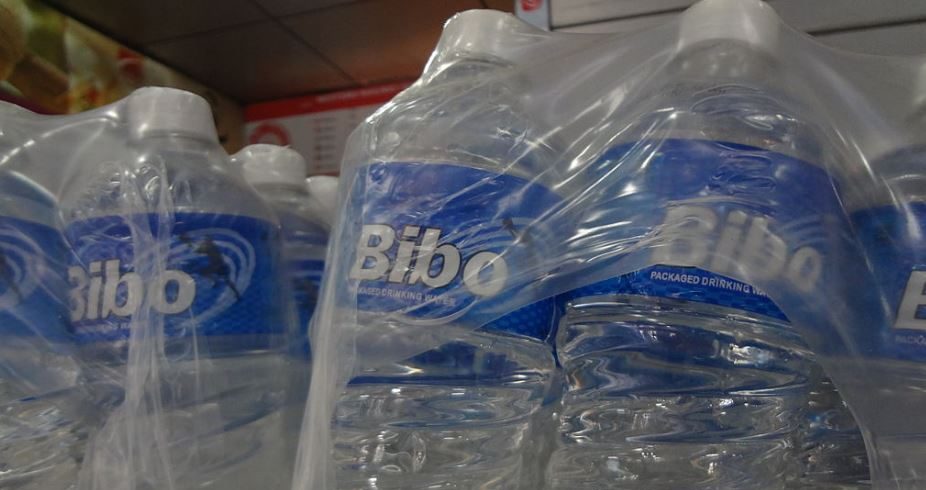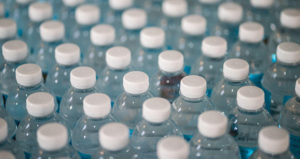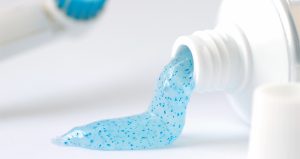WHO calls for more research to the risks of microplastics in drinking water

-
Editorial Team
Share article:
Low concentrations of microplastics in drinking water do not seem to cause any health problems because they leave the body after ingestion. The World Health Organization (WHO) states this in a new desk study published on August 22. “But,” the UN organization warns, “There is a lack of reliable studies and research into the risks of nanoplastics has never been done.”
Based on the desk study, WHO concludes that more valid and reliable research is needed to gain better insight into the health effects of microplastics in drinking water. Only 9 of the 52 studies examined identified microplastics in drinking water (the remaining studies examined plastics in other water sources, ed). And these nine studies did not use a standardized method for detecting plastic particles.
Unreliable data
Independent experts assessed the 52 studies that form the basis for this report. They conclude that most studies are not completely reliable because the quality of the research methods has not been adequately controlled and that the results of the new WHO study should be interpreted with caution.
Spectrocopic analysis
According to the researchers, the studies also need improvement in areas such as sample treatment, polymer identification and laboratory preparation. For example, in three drinking water studies no spectroscopic analysis was carried out to confirm that the identified particles were actually plastic.
Chemicals
Plastic fragments and fibers are found mostly in drinking water. The most common polymers are polyethylene terephthalate and polypropylene. Although plastic polymers are generally considered to be of low toxicity, they may contain unbound monomers and additives. And hydrophobic chemicals in the environment, including persistent organic pollutants, can be absorbed by the plastic particles.
Definition is missing
The studies also lacks a scientifically agreed definition of microplastics. They are often defined as plastic particles with a length <5 mm. In the context of drinking water, this definition is of little value because, according to the WHO, it is unlikely that particles at the top of the size range will be found in treated drinking water.
Water treatment
The WHO also states that wastewater and drinking water treatment systems are very effective in removing particles with similar characteristics and dimensions as microplastics. According to the available data, a water treatment plant can effectively remove more than 90% of the microplastics.
Monitoring
The World Health Organization calls for more research, but emphasizes that the removal of microbial pathogens and chemicals from drinking water remains more important. Water suppliers must ensure that management measures are effective, including the optimization of water treatment processes for particle removal and microbial safety. This will also occasionally improve the removal of microplastics. The WHO does not currently consider routine monitoring of microplastics in drinking water necessary.
















